Flowers have filled the canon of art history. Flowers have always been considered a symbol of fertility, rejuvenation, and reproduction. Flora and fauna have been depicted in art for as long as humans have existed. Over the centuries, artists have captured the rich symbolism of flowers, tracing the changing meanings of roses, irises, tulips, carnations, and more.
We have selected 8 of the most famous flower artworks that we think everyone should know.
The living artwork: Jeff Koons’ Puppy
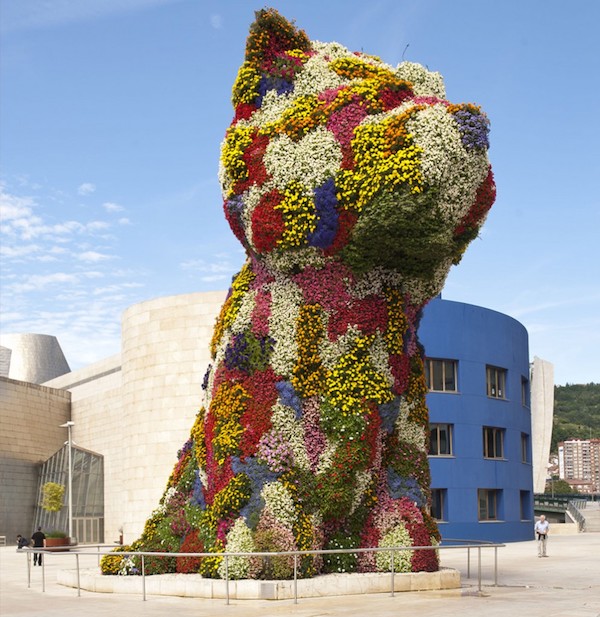
The Puppy is a large-scale flower sculpture art by artist Jeff Koons. Koons challenges the hierarchy between popular culture and the elite art world.
In this work, the famous flower artist refers to the traditional garden design of the 18th century. But the sculpture also includes modern elements, such as computer modeling. This flower sculpture art is a contrast between the new and the old, the pomposity of the scale with the simplicity of the subject. Koons does this best in his humorous approach to contemporary art.
Pop flowers by Andy Warhol
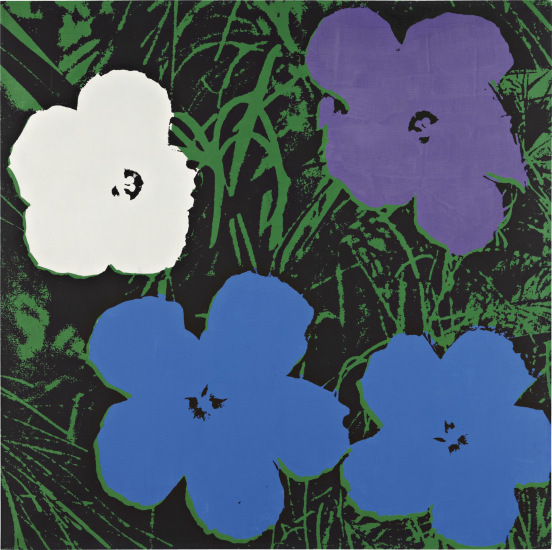
A series of famous flower artworks by Andy Warhol “Flowers” consists of ten stencil images. He based this series on photographs taken by Patricia Caulfield. The photographs were published in the June 1964 issue of Modern Photography. The famous flower artist left his signature mark on photographs by smoothing them out and adding bright, saturated colors.
This print was created in 1964. The flower artwork came about through the use of acrylic and ink for screen printing on linen.
Technicolor flowers by Takashi Murakami
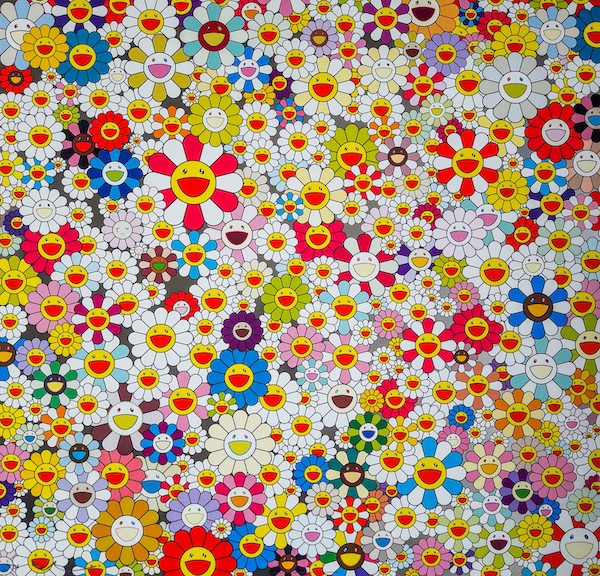
Japanese artist Murakami is perhaps best known for his anime-style flower artworks. This artist’s work incorporates visual elements of Japanese culture, blending the historical and the contemporary. They are characterized by bright flat colors and satirical, often childish content. Some of the most recurring motifs in his work are flowers, mushrooms, skulls, and Buddhist motifs.
Some of the most recurring motifs in his work are flowers, mushrooms, skulls, and Buddhist motifs.
Georgia O’Keeffe’s famous flowers
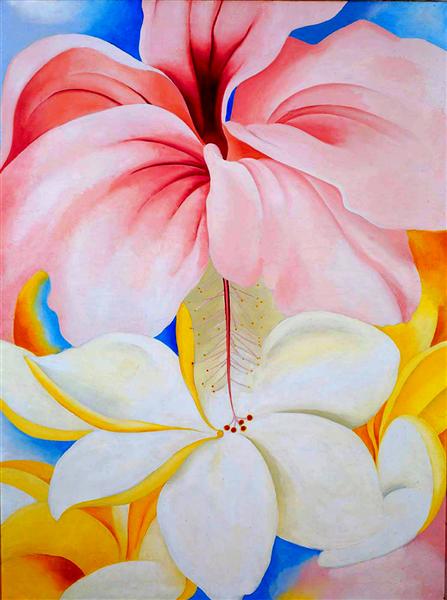
This famous flower artist was inspired by her natural surroundings to create dozens of paintings dedicated to one particular flower. Georgia, as an avid gardener, became interested in the bright colors and billowing petals of canna lilies when she visited Lake George, New York, in 1918.
Her famous flower artworks began with watercolors of these vibrant subjects. O’Keeffe later moved on to abstract, close-ups painted in oils. These paintings embody the modernist style of the artist. O’Keeffe’s famous flower paintings are often described as erotic. The famous flower artist experiments with color and texture. She uses shades of red, yellow, and orange to bring out the texture of the hibiscus, flowing lines, and plump shapes.
Scientific documentation by cyanotype
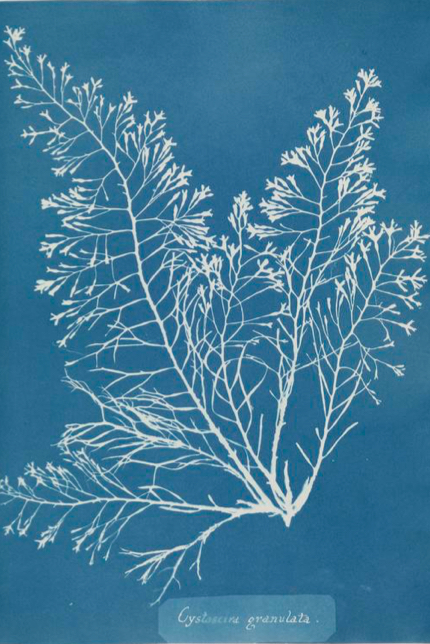
Anna Atkins, the English botanist, and photographer is often credited as the first person to publish a book illustrated with photographs. She adopted the cyanotype process, which produces a blueprint. She used this process to create prints of algae and various types of plants.
The strawberry patch of William Morris’ textiles
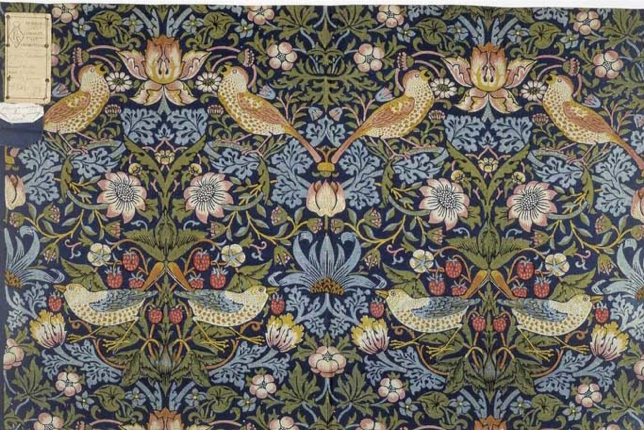
William Morris (1834–1896), an English textile designer, greatly contributed to the revival of traditional British textile arts. The floral patterns by this famous flower artist were often based on natural forms. Strawberry Thief is perhaps his most famous print. It continues to have an enduring legacy in today’s world, especially in the fashion and design industry.
Blooming botanical illustrations
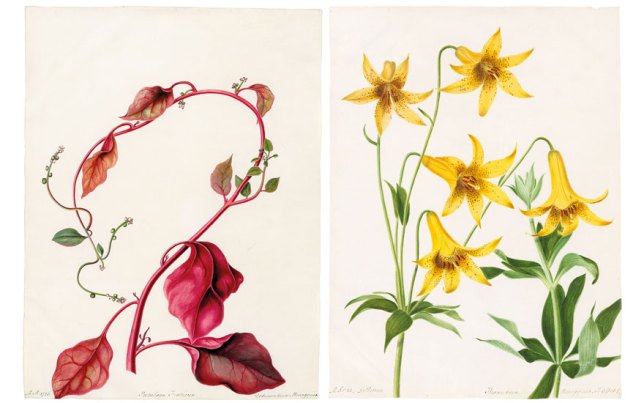
Botanical illustration has over 2000 years of history. Its first known examples are the scientific depictions of plants by the Greek physician Krateus. Botanical drawings remained popular throughout the Middle Ages and the Renaissance. But they reached their peak in the 18th and 19th centuries.
Botanical illustrators have depicted the perfect version of each plant. To do this, they erased all the holes in the leaves or the folds of the petals. They studied the same flower species case after case before combining their findings into one archetypal idealized drawing. Then, the botanical illustrators examined them under a microscope. These studies have influenced both art and science.
The Golden Age of Dutch bulbs
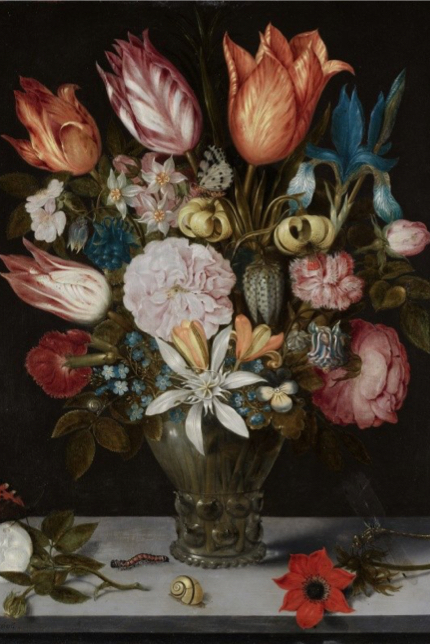
When we think of famous flower artworks, the Dutch still-life master Ambrosius Bosschaert the Elder comes to mind. The artist began painting during the Dutch Golden Age. This was a period in the Netherlands, roughly spanning the 17th century. Then Dutch trade, science, military science, and art were among the most famous in the world. Ambrosius Bosschaert the Elder was one of the first artists in history to focus on still-life painting. The famous flower artist began a tradition of painting detailed bouquets of tulips and roses.
























